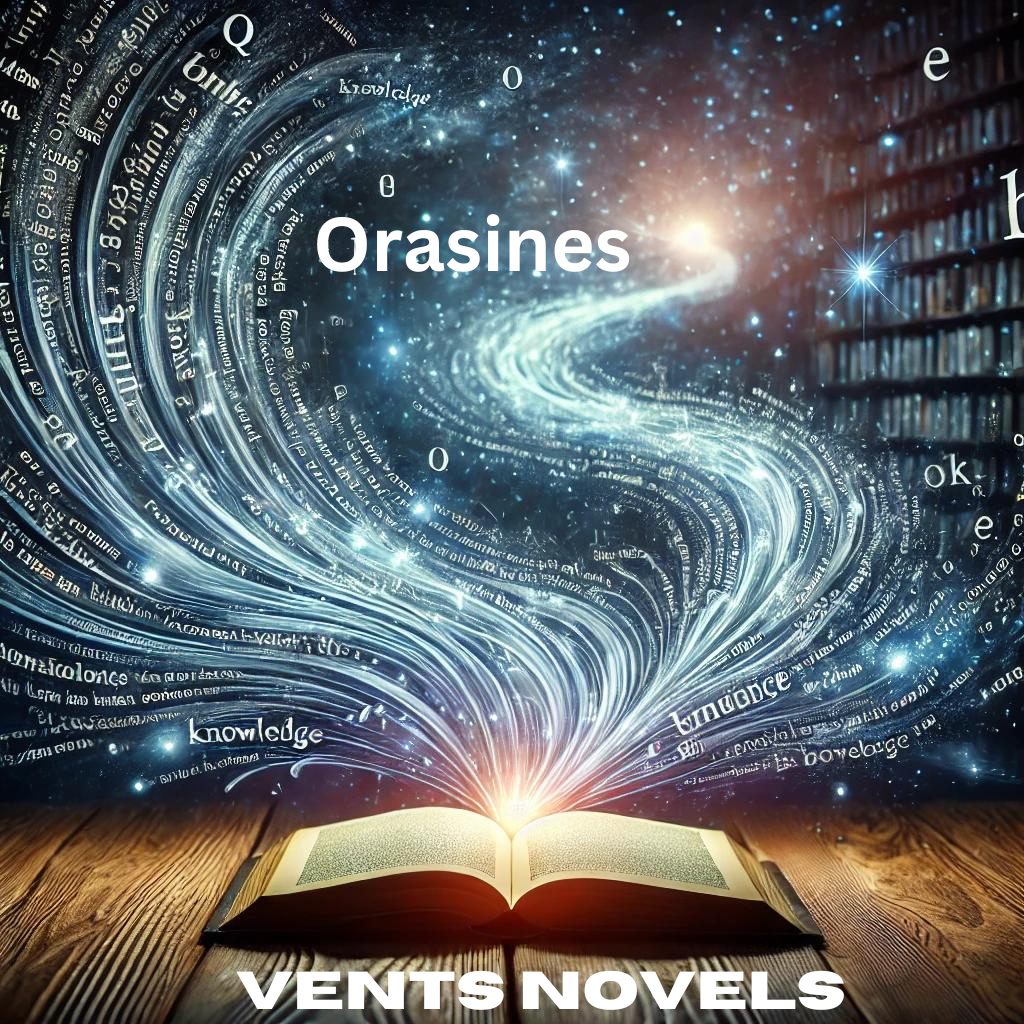Orasines, a term that captures the essence of expressive language in various forms, pertains to the structured use of phrases and clauses in linguistics to convey specific emotions, commands, or information. The concept of orasines is integral in understanding how language functions to communicate more than mere facts, touching upon the nuances that give depth to our speech and writing. This article delves into the multifaceted nature of it, exploring its application in grammar, its significance in religious contexts, and its overarching importance in effective communication.
Understanding Orasines in Grammar
Orasines in Declarative Sentences
Defining Declarative Orasines: Declarative sentences, the backbone of assertive communication, utilize it to state facts or beliefs. This sentence type is predominant in conveying information clearly and directly.
Examples:
- Fact Assertion: “The sun rises in the east.” Here, the orasine guarantees the statement is simple and informative.
- Informational Statement: “The meeting has been scheduled for 10:00 AM tomorrow.” This sentence uses orasine to declare a personal conviction.
Orasines in Exclamative Sentences
Exploring Exclamative Orasines: Exclamative sentences express strong feelings such as surprise, joy, or anger, often punctuated by an exclamation mark.
Examples:
- Surprise: “What a wonderful surprise you gave me!”
- Joy: “This is the best day ever!”
Orasines in Interrogative Sentences
Unpacking Interrogative Orasines: Interrogative sentences inquire or ask questions, making use of it to prompt information or clarification.
Examples:
- Information Seeking: “What time is the meeting tomorrow?”
- Clarification: “Could you explain how it work?”
Orasines in Imperative Sentences
Commanding with Imperative Orasines: Imperative sentences command or request something from the listener. These orasines are direct and goal-oriented.
Examples:
- Request: “Please close the door.”
- Command: “Stop talking now.”
Orasines in Complex and Compound Sentences
Complexity in it: These sentences showcase the combination or dependency of clauses to provide clear and detailed information.
Examples:
- Compound: “She laughed, and he smiled.”
- Complex: “Even though the power was out, the team managed to finish their presentation using a generator.”
Orasines in Religious Context
Divine Commands and Scriptures
Religious texts often use it to express divine laws or moral directives, such as “Honor thy father and thy mother” in Christianity or “Perform prayer and give zakat” in Islam.
Prophetic Sayings and Teachings
It in prophetic teachings help convey spiritual wisdom and ethical guidance, resonating through sermons and religious discourses.
Liturgical Expressions
In liturgies and prayers, it serve to elevate the spiritual connection between the devotee and the divine, such as in the recitation of the Lord’s Prayer or the chanting of mantras in Hindu rituals.
Interpretative Religious Discussions
Scholars and theologians use it to interpret sacred texts, helping followers understand and apply religious teachings in their lives.
Communal and Ceremonial Uses
It enrich religious ceremonies, creating a collective expression of faith and devotion, visible in church services, mosque gatherings, and temple festivals.
Importance of Orasines
Enhancing Communication
It play a crucial role in refining and clarifying communication, enabling speakers to effectively convey their messages and ensuring that listeners receive clear and precise information.
Cultural and Linguistic Identity
Through it, individuals express cultural narratives and linguistic identities, preserving heritage and tradition in everyday conversation and formal discourse.
Conclusion
Orasines are fundamental to the fabric of language, offering a window into the complexity of human communication. From everyday interactions to sacred texts, it help shape our understanding of the world and each other, underscoring the profound impact language has on our lives and societies. By studying and appreciating it, we gain insight into the power of words to instruct, inspire, and unite.

